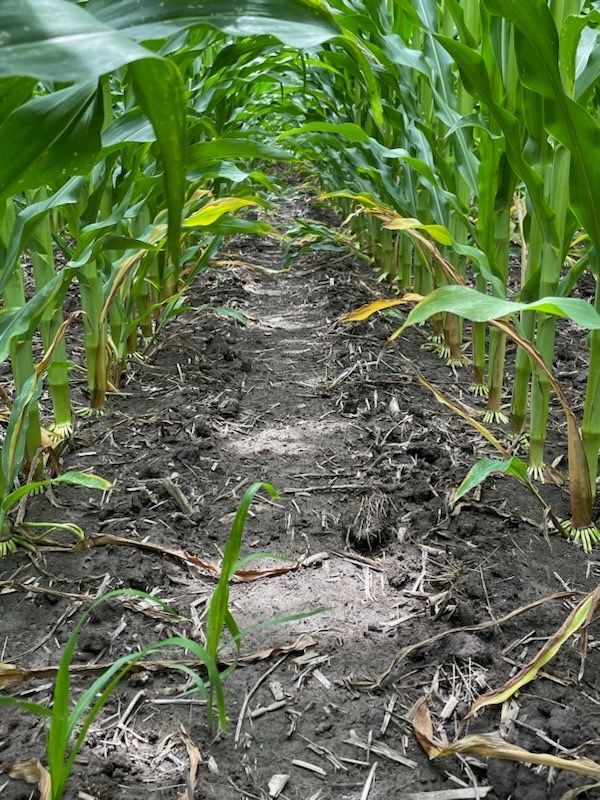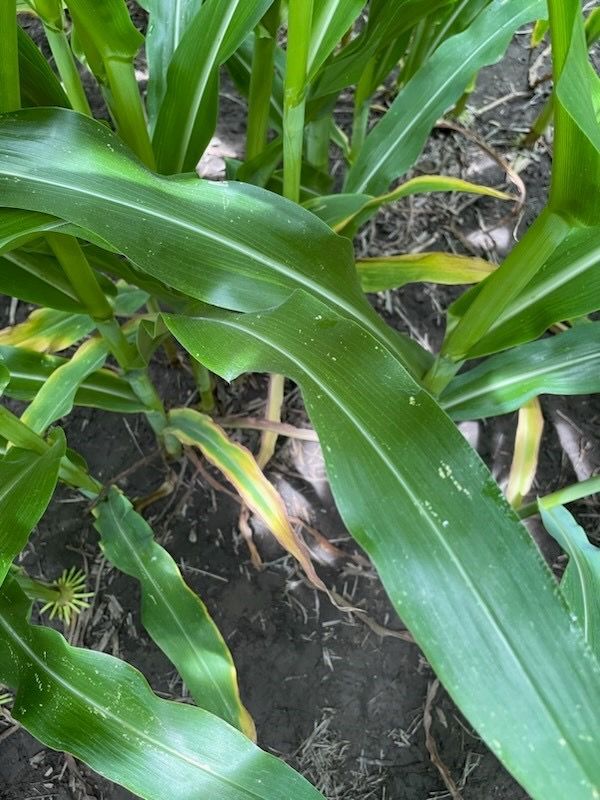AgroInsights- How Robust is Your Fertilizer Program?
Chad Smith, Sales Agronomist US North
As most of you know, it has been unseasonably dry in the North region bringing back memories of 2012. This year it seems more acres in the corn belt were affected by drought over 2012, making it more significant. The pattern that has developed from this dry weather is nutrient deficiencies throughout the growing season. The most common deficiency is potassium. As the application season wraps up and we prepare for harvest, now would be a good time to reflect on the season and look for opportunities to improve your fertility program to be able to handle whatever mother nature throws at you...


The fields that have struggled the most with nutrient deficiencies this season have an unbalanced fertilizer program. Meaning that they are relying on one source and application to feed the crop for the entire season. That fertility program can be sufficient most years but is inadequate when we don’t have enough soil moisture to keep nutrients in solution for the plant to take in. A balanced fertility program has multiple sources and applications throughout the growing season to feed the crop at key periods of influence. If you are wondering how to balance out your fertility program, think about shifting fertilizer sources from less effective products to more efficient ones positioned where the plant can use the nutrients, known as Reallocation.
NACHURS has a Start2Finish® program designed to position high-performance products during key influence periods to supply the correct nutrient when the crop demands it most. The Start2Finish program is laid out to show you what products work best by application method and growth stage of a given crop to guide you on how to reallocate your fertility program. For example, the traditional way to fertilize a corn crop might have been to apply all the N, P, and K required to grow the crop pre-plant either in the fall or spring. If I were to reallocate the traditional fertility program into a more balanced fertility program, a quarter of the N and half of the P and K would be applied pre-plant and focus on spoon-feeding the crop during the season. We wouldn’t be making extra passes but maximizing the passes already taking place during the season. The planter can apply a high-quality starter like NACHURS Triple Option® in-furrow to enhance crop emergence and accelerate root growth. Besides, the row and side-dress applications are the perfect way to feed the crop right before its greatest demand of N, K, and S using UAN and NACHURS K-flex®. The herbicide pass gives us an opportunity to foliar feed N, P, and K plus micronutrients with NACHURS Finish Line®. To maximum grain fill, I would apply N, K, and Boron using NACHURS NocKout® at tassel to complete my program.
As you can see, when we reallocate the traditional fertility program, we create a robust nutrient plan that feeds the crop throughout the entire growing season, maximizing nutrient uptake and yield potential no matter what mother nature has in store.
For more information contact your local NACHURS sales manager or sales agronomist.












